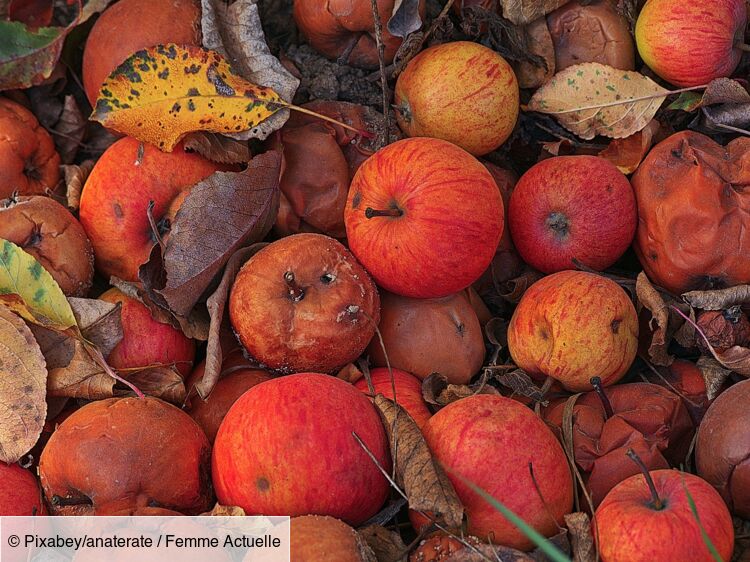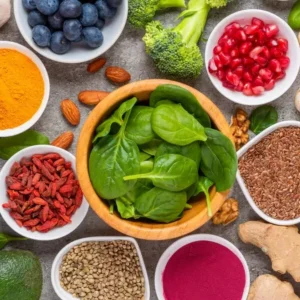Have you just found an abandoned fruit or vegetable that has some traces of mold and you are wondering if it is safe to eat? Virologist Océane Sorel answered this question that many are asking.
It’s something that has happened to all of us. Leaving a vegetable in the fridge or a fruit in the basket, only to find it with nasty traces of mold. When faced with a bit of mold, many people may just remove the affected part so as not to spoil the entire fruit or vegetable. But can we really eat food that had started to roteven when removing the part concerned ? In an Instagram video, virologist Océane Sorel, alias @thefrenchvirologist on her social networks, explained how to react to this situation.
Eating a moldy fruit or vegetable: there are two scenarios according to the virologist
In her video, the virologist presents two actions to adopt when faced with two types of fruits and vegetables. In fact, she explains that mold does not have the same impact on hard fruits or vegetables and those that are softer. “For hard fruits or vegetables with mold like carrots, the cabbageor peppers, you can cut 2.5 cm around and keep the rest“, she explains. If you have a part of your carrot that is moldy for example, it is therefore entirely possible to remove the affected part and consume the rest, without any danger to your health.
On the other hand, the expert does not recommend doing the same thing for “softer” fruits and vegetables. She argues that “for slightly soft and moldy fruits and vegetables as peachesapricots, cucumbers, the strawberries or tomatoesiIt is better not to eat them. because molds can infiltrate their invisible roots deep into these soft fruits”. Removing the part that looks moldy is therefore not enough to remove all of the inedible part of the food so that it is edible. The virologist therefore advises not to take the risk of eating these soft, moldy fruits or vegetables because “In some cases it can be dangerous for health”.
Molds: How do they form in fruits and vegetables?
To see things more clearly, the virologist details how The molds are formed in fruits and vegetables and what dangers they can pose to health. She recalls that “mold growth is favored by humidity and heat” and that these latter “form spores that float in the air, settle in the environment and resume growth when conditions are ideal“. It is therefore important to store your fruits and vegetables away from humidity and heat to keep them longer and prevent the appearance of mold.
But what health hazards can these molds represent? Océane Sorel explains that “some molds can cause allergic reactions, respiratory problems or contain toxins some of which, such as aflatoxins for example, are carcinogenic”.












